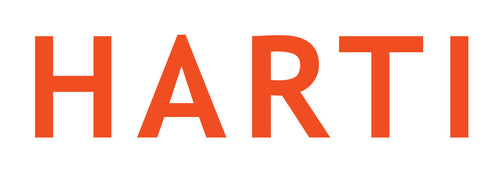Harti Musings
HartiSWIM Shortlisted at the 2025 Drapers Conscious Fashion Awards
HartiSWIM, the sustainably-driven swimwear brand known for its bold designs and commitment to cleaner oceans, is thrilled to announce that it has been shortlisted for the prestigious Best Customer Engagement Campaign at the 2025 Drapers Conscious Fashion Awards with their ‘Shop Plastic’ campaign.
This recognition is a significant milestone for this new eco-luxe brand and a heartfelt tribute to the vision and values that have shaped HartiSWIM from the start. This independent British Isles based sustainable brand has been redefining beachside elegance with their hand painted original pop art graphics which feature across their swimwear which is made from recycled plastic bottles from the ocean.
Keep Talking, Stop Producing and Make Change
Many people feel that the only real solution are policies that reduce the amount of plastic produced in the first place. There are so many plastic and petrochemical companies making it impossible to curb the amount of plastic contaminating our oceans so perhaps if they won’t stop, the challenge falls on the consumers to stop buying them? We know that plastic just doesn’t end up in our oceans, but our air, soil, food and bodies.
So why are people not scared or taking more action? I don’t have the answer to that but I know that HartiSWIM can change our own future by merely changing our attitude! In fact we all can. By casting our voices across these waters, perhaps we can help make ripples.
Our Broken Planet
It's well documented that fashion production makes up 10% of humanity's carbon emissions, dries up water sources, and pollutes rivers and streams. What's more, 85% of all textiles go to the dump each year (UNECE, 2018), and washing some types of clothes sends significant amount of microplastics into the ocean. The apparel industry accounts for 10% of global carbon emissions. The global fashion industry is generating a lot of greenhouse gases due to the energy used during its production, manufacturing, and transportation of the million garments purchased each year.
















